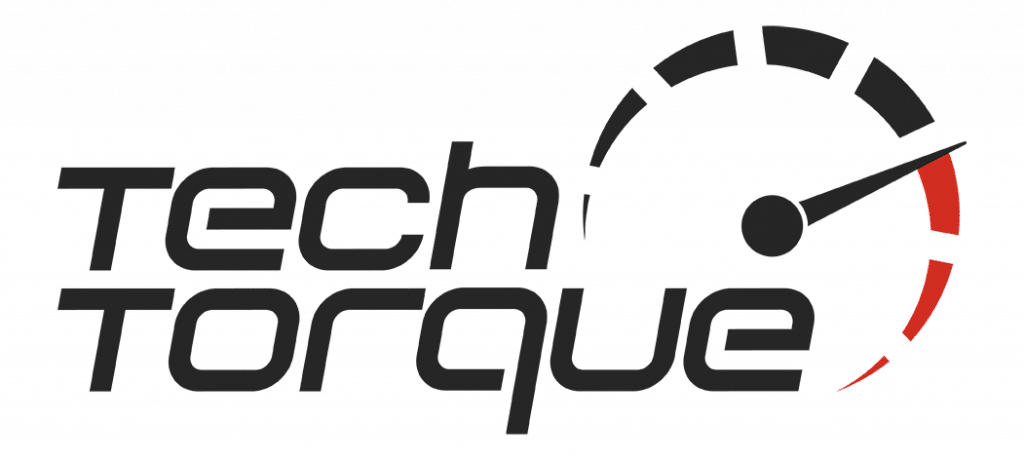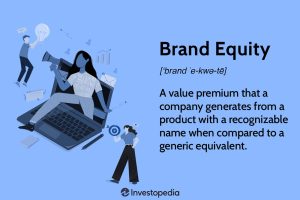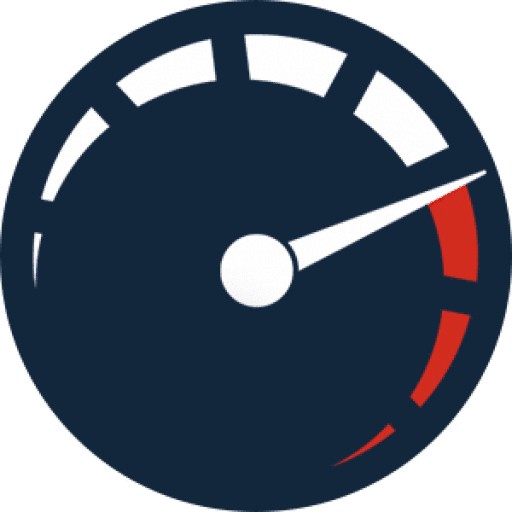In any Marketing material I’ve seen, never was I asked… Did you know that you can get a complete software bundle for your PC / laptop that includes a brilliant operating system and a full suite of programs equivalent to MS office, all for nothing? And that you can be up and running in a couple of hours?
It doesn’t involve any trickery, stolen licence keys or anything of the kind. The software is based on an open source operating system called Linux, which is free! As are all the applications that run on it. It comes in a number of flavours: if you’re used to Microsoft Office, you can get versions of Linux that look familiar; if you’re a MAC user, you can get a Mac-flavoured version.

Linux has a live-boot feature, which means you can run it from a DVD or USB image without the hassle of installing it on your machine. You can play with it on your PC before you install it.
A World without Marketing
Never heard of Linux? No surprise there, since this system never had the power of marketing behind it. A couple of decades ago, as Microsoft increased its stranglehold on the desktop software market among business and home users, the Open Source movement grew in strength. Programmers all over the world found the Microsoft world stifling; they wanted to share ideas and collaborate on projects to make them work.
Linux was designed with an open architecture from the outset, which meant developers could easily make their software run on it. Microsoft is a closed shop, selling proprietary software only its people can modify. For a brief time, Microsoft saw Linux as a threat to the huge monopoly it had built, even if the people behind it were a loose confederation of smart eccentrics.
Techie websites started to talk about open source software, and tech magazines offered Linux distributions on the CDs they used to stick on the front. The new toys were welcomed by the nerds who liked to tinker with stuff like this, but that was a narrow market.
Netbooks – Perfect Fit
The threat became more real for Microsoft when cheap ‘netbooks’ came out in the mid-noughties. Ultralite laptops were still a new concept and cost thousands, so PC makers began to offer lightweight netbooks for the low-end consumer market. They cost just few hundred dollars, in part because the open source software they included was free (web browsers, email clients and word processors). Linux ran happily on low-end PC Netbooks, in contrast to Microsoft’s bloatware.
Windows Vista was another reason Linux thrived, since Microsoft’s sparkling new operating system was universally loathed. It had cool and glitzy features but it ran like a sick dog on the hardware of the day, had issues with missing drivers and was less than straightforward to work with. If Microsoft users had any lingering doubts, the sky-high asking price for Vista removed them fast.
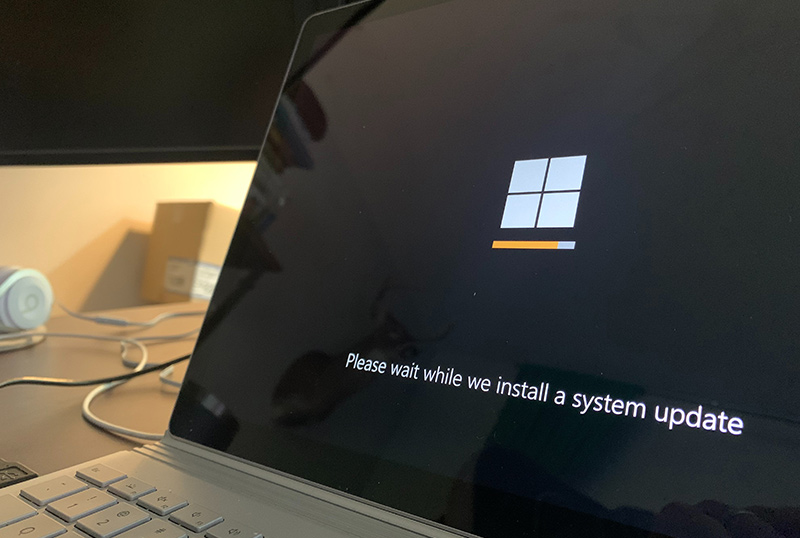
With corporations refusing to upgrade their thousands of PCs to Vista, and Linux eating into the low end of the PC market, Microsoft dusted off the much more nimble Windows XP. They extended support for it, and sold the old OS to low-cost PC makers for a song to stop them shipping netbooks with Linux. That was the end of that story. Fledgling democracy crushed by Microsoft’s jackboots.
Google to the Rescue
For a time, Linux survived among tech heads. Simple users found it hard to get support on forums replete with technical jargon. The free world never managed to present a united front that could market and support its software, with Mozilla’s Firefox the exception.
Then something unexpected happened: Google decided to compete with Microsoft and released cloud-based software for email, word processing and much more. Google also followed Apple into the mobile phone business after acquiring Android, a mobile device platform powered by the Linux kernel. In 2007 Google formed the Open Handset Alliance with partners like Motorola and Samsung. The scene was set for a showdown with Apple.
Google’s next move was to release the Chromebook in 2011, which mostly ran Google’s cloud-based apps. Initially sold by Acer and Samsung, Chromebooks ran a version of Linux based on Android. It didn’t take long for Infoworld to proclaim that ‘the Chromebook line is probably the most successful Linux desktop/laptop computer we’ve seen to date.’
Almost 2 million Chromebooks were sold over 2 years in America. (Thank you, Marketing!) By 2018, 60% of computers purchased by schools in the United States were Chromebooks. Success at last, but it was Google’s version making the running, not open source Linux. Then Google announced it would make Linux desktop apps available on Chromebooks via a Virtual Machine code-named ‘Crostini’. By now, of course, we were in a post PC world increasingly dominated by smartphones and tablets.
Linux Means Business. Time for Marketing Partners.
Today, Linux runs on 2 thirds of the servers in data centres and large corporations. How did that happen? A bunch of smart developers got together at the turn of the millennium and formed a company called Red Hat Linux, with the express intention of offering an enterprise Linux platform to the business world.
These guys had no money for marketing either so they embraced the partnering approach. They joined forces with companies such as Netscape, Informix, Borland, Computer Associates, and Software AG (makers of SAP). The partners did the marketing while Red Hat focused on getting all the kernel, compiler, installer and driver support in place. Then Red Hat Linux would perform reliably on a wide range of enterprise hardware.
The early door opener had been the Apache web server, which ran on Linux from the beginning of the WWW, and had swept all before it. Now Red Hat demonstrated that Linux could outperform other platforms on large systems. Oracle’s market-leading database was their target ‘killer app.’ In 2006, Larry Ellison announced Oracle’s support for Red Hat Enterprise Linux. That was a turning point.
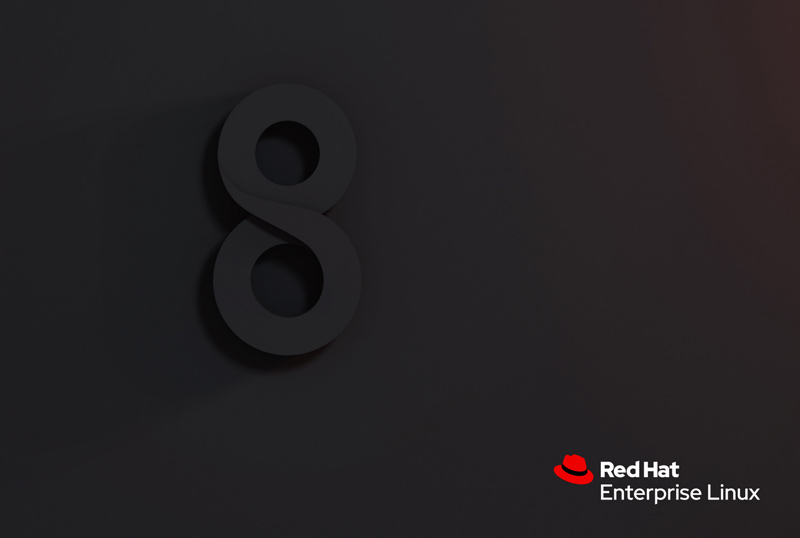
The Big Bang
Within a few years, seismic changes in the form of Virtual machines and the Cloud hit the enterprise IT world. Traditional vendors like Microsoft found it hard to adapt to the new reality, while Linux proved far more flexible.
For once, Microsoft was powerless. The company had been caught napping, and couldn’t deliver what the data centres of this brave new world needed. Promised features failed to materialize, expectations were not met, and MS customers were not happy.
‘When open source met virtualization, the resulting chemistry changed the world,’ Scott Fulton III wrote in Data Centre Knowledge. ‘Infrastructure became virtual, and workloads became portable. The cloud was born. Enterprise software publishers couldn’t come up with anything competitive, because they had not yet fathomed what the cloud actually meant.’
That’s how Linux became the darling of enterprise computing. Today many serious apps run on Linux. Apps that need outstanding performance to monitor vast networks and sift through data lakes. To look for security breaches or predict the behaviours of millions of customers based on mountains of detailed data. Enterprise Linux is not freeware, but it is not Microsoft either.
In fact enterprise Linux supports virtualised Microsoft ‘guests’, and Microsoft is cooperating with Red Hat on Azure optimization. The computing world has changed, at least on the business end.
